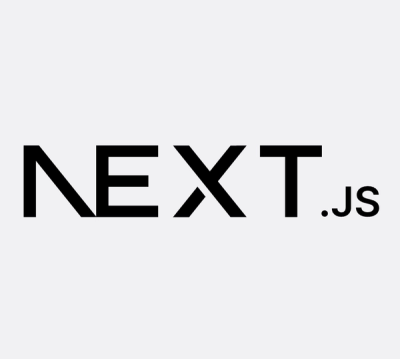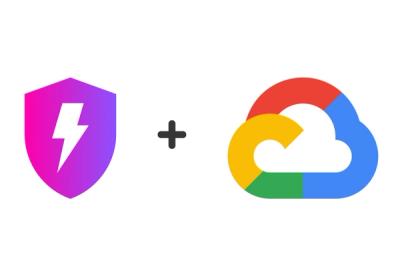
Security News
Next.js Patches Critical Middleware Vulnerability (CVE-2025-29927)
Next.js has patched a critical vulnerability (CVE-2025-29927) that allowed attackers to bypass middleware-based authorization checks in self-hosted apps.
framework7-react
Advanced tools
Framework7 is a JavaScript framework for building iOS and Material web and hybrid apps that are virtually indistinguishable from native apps. Framework7 React brings the attention to detail, ease of use, and great features of Framework7 to React. To see it in action, have a look at the kitchen sink.
npm install framework7-react
Official docs are coming soon. For now, check out the kitchen sink code for an example of how to consume Framework7 React.
Firstly, as the author of Redux points out, Redux is not a requirement for building apps with React. In turn, Redux is not a requirement for building apps with Framework7 React—it is designed to be perfectly usable either way. However, as your app grows beyond a certain level of complexity, it is definitely recommended that you consider Redux (or some other state management library like MobX). For more information about using Redux with Framework7 React, have a look at Framework7 Redux.
It turned out to be difficult to make the complex iOS page transition animation and page swipe-back functionality play nicely with React Router. While React’s abstracted DOM manipulation works well in most cases, it can actually get in the way when sophisticated animation and complex DOM manipulation are required. In many cases, it is often simpler to just use imperative DOM manipulation code and not even bother trying to coax React into performing such intricate DOM manipulation tasks. As a result, Framework7 React comes with a router that is custom-made to work in harmony with Framework7’s intricate page animation logic.
The short answer is yes, but animated page transitions will not work. It is recommended that you instead use the router that is built into Framework7 React. The goal of the built-in router is to provide everything you need and leave no reason to use React Router. The main missing feature right now is support for the HTML5 History API with the browser back button and URL changes driving route changes, but the router is still a work in progress.
React Native is designed for building native apps with React, and often requires writing Objective C, Swift and Java in addition to JavaScript. On the other hand, Framework7 React is designed for building web apps and hybrid apps (with Apache Cordova, etc.) that are virtually indistinguishable from native apps. The main advantages of Framework7 React are:
The main advantage of React Native is of course performance. Framework7 React is very fast, and is a great option in a lot of cases. However, there is no denying that native apps can have superior rendering performance, which is even more noticeable on older, slower devices. If your app has complex screens that must squeeze every last ounce of performance out of every device, but you still want to use React, then it is possible that React Native is a better fit for your project.
Given that Vue 2.0 and React are incredibly similar, it was decided that Framework7 React would automatically generate its React components from Framework7 Vue’s components. This makes it super easy to keep the two frameworks in sync and ensure that React and Vue users both get access to the same capabilities. In a nutshell, Vue components have render methods just like React components do, and just like in React, Vue component render methods call a createElement function and return the created elements for the framework to mount in the DOM and reactively update. Therefore, it is relatively simple to leverage the rendering logic in Vue components by substituting React’s createElement function for Vue’s createElement function. That is the basic principle at least. In practice, there is a bit more to it than that. It works surprisingly well, though, and many hours of testing have shown that rendering performance in Framework7 React is more or less equivalent to Framework7 Vue.
FAQs
Build full featured iOS & Android apps using Framework7 & React
The npm package framework7-react receives a total of 614 weekly downloads. As such, framework7-react popularity was classified as not popular.
We found that framework7-react demonstrated a healthy version release cadence and project activity because the last version was released less than a year ago. It has 0 open source maintainers collaborating on the project.
Did you know?

Socket for GitHub automatically highlights issues in each pull request and monitors the health of all your open source dependencies. Discover the contents of your packages and block harmful activity before you install or update your dependencies.

Security News
Next.js has patched a critical vulnerability (CVE-2025-29927) that allowed attackers to bypass middleware-based authorization checks in self-hosted apps.

Security News
A survey of 500 cybersecurity pros reveals high pay isn't enough—lack of growth and flexibility is driving attrition and risking organizational security.

Product
Socket, the leader in open source security, is now available on Google Cloud Marketplace for simplified procurement and enhanced protection against supply chain attacks.